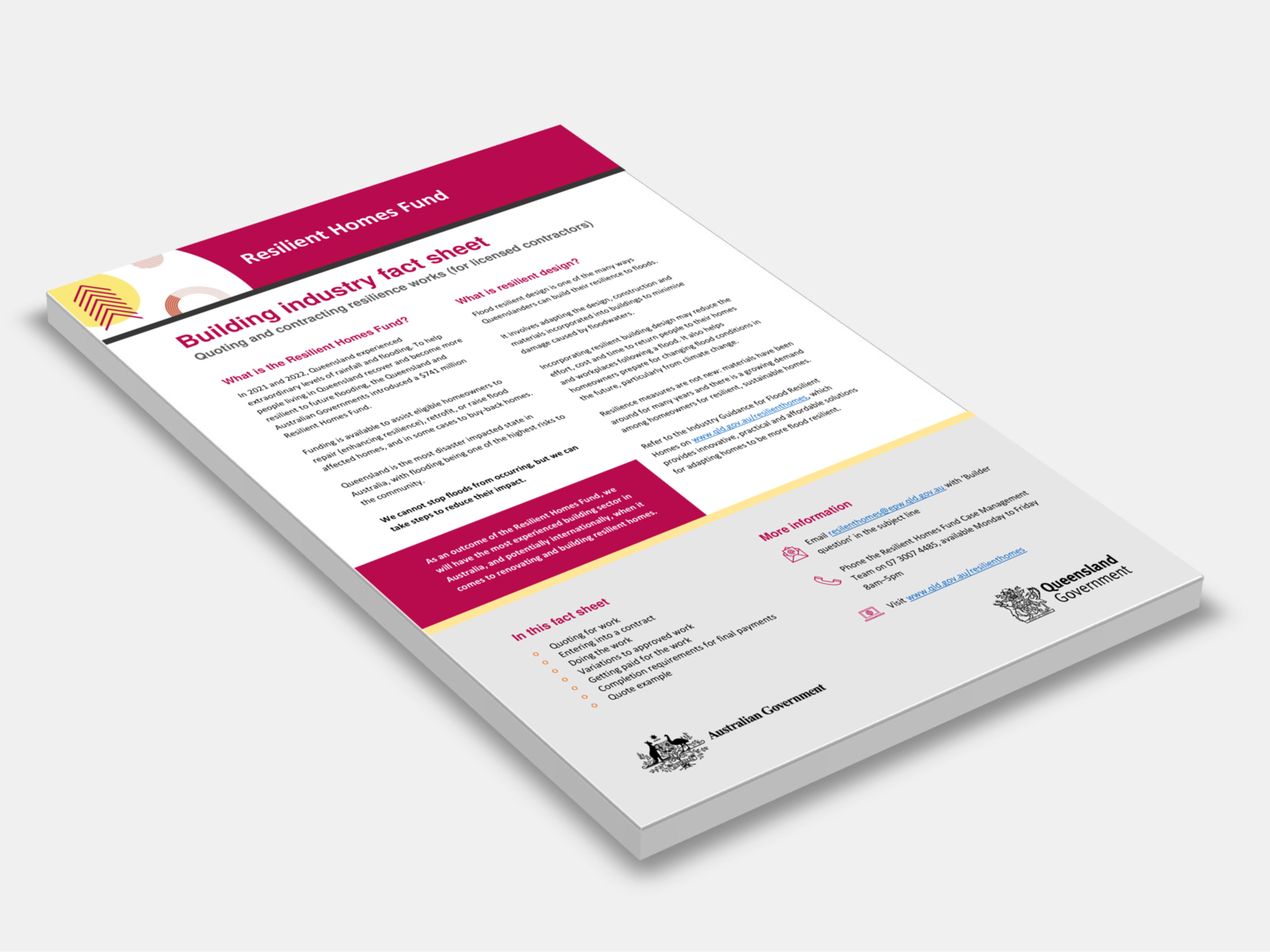
Type
Publisher
Queensland Government
Publisher
Queensland Government
Version:
2023.
(Current)
Short Description
Flood resilient design is one of the many ways Queenslanders can build their resilience to floods.
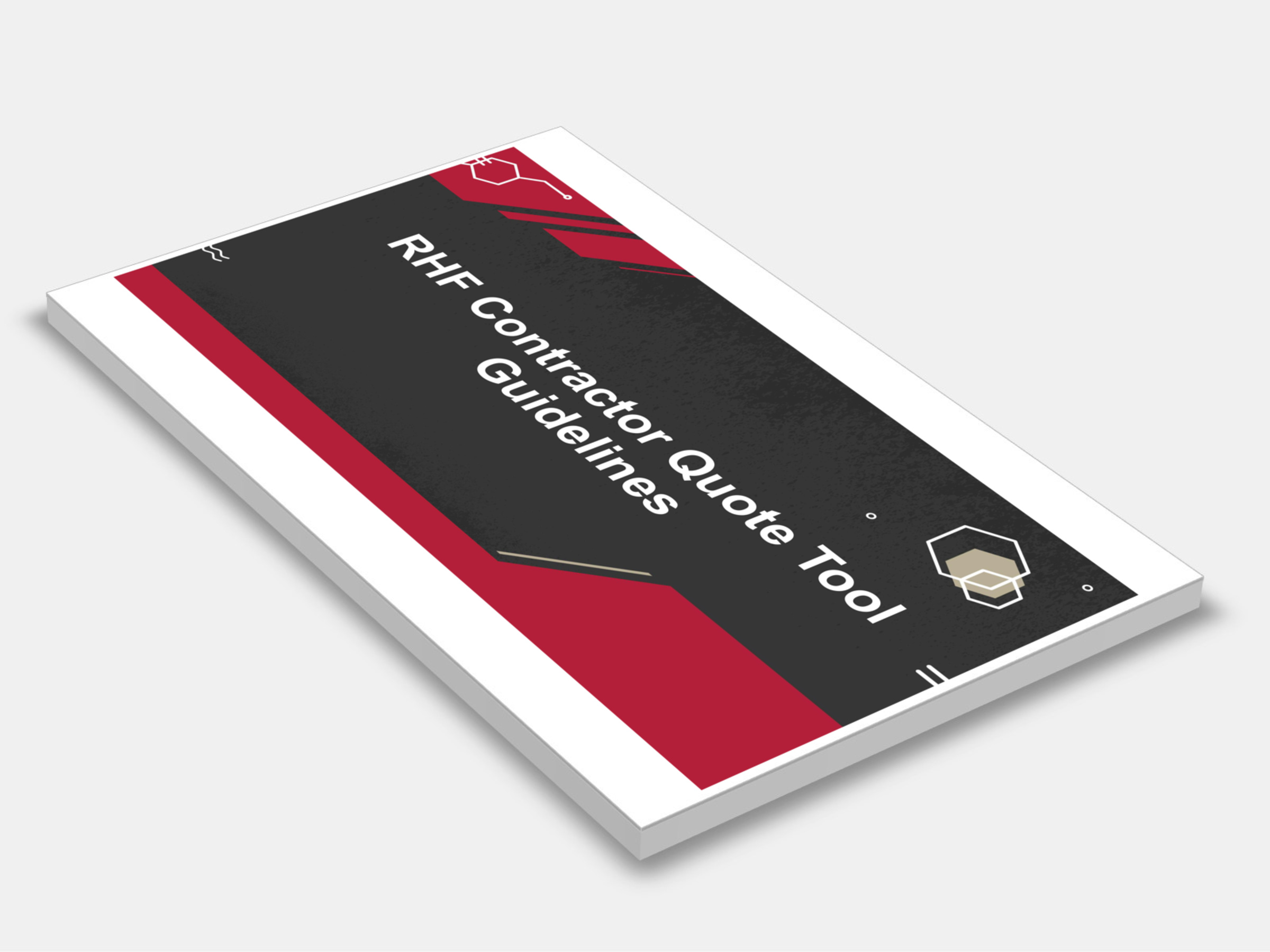
Type
Publisher
Queensland Government
Publisher
Queensland Government
Version:
2023.
(Current)
Short Description
The RHF Contractor Quoting tool was created to provide a standardised method of quoting for Industry Builders participating in the Resilient Homes Fund (RHF). (Includes Contractor Quoting tool download).
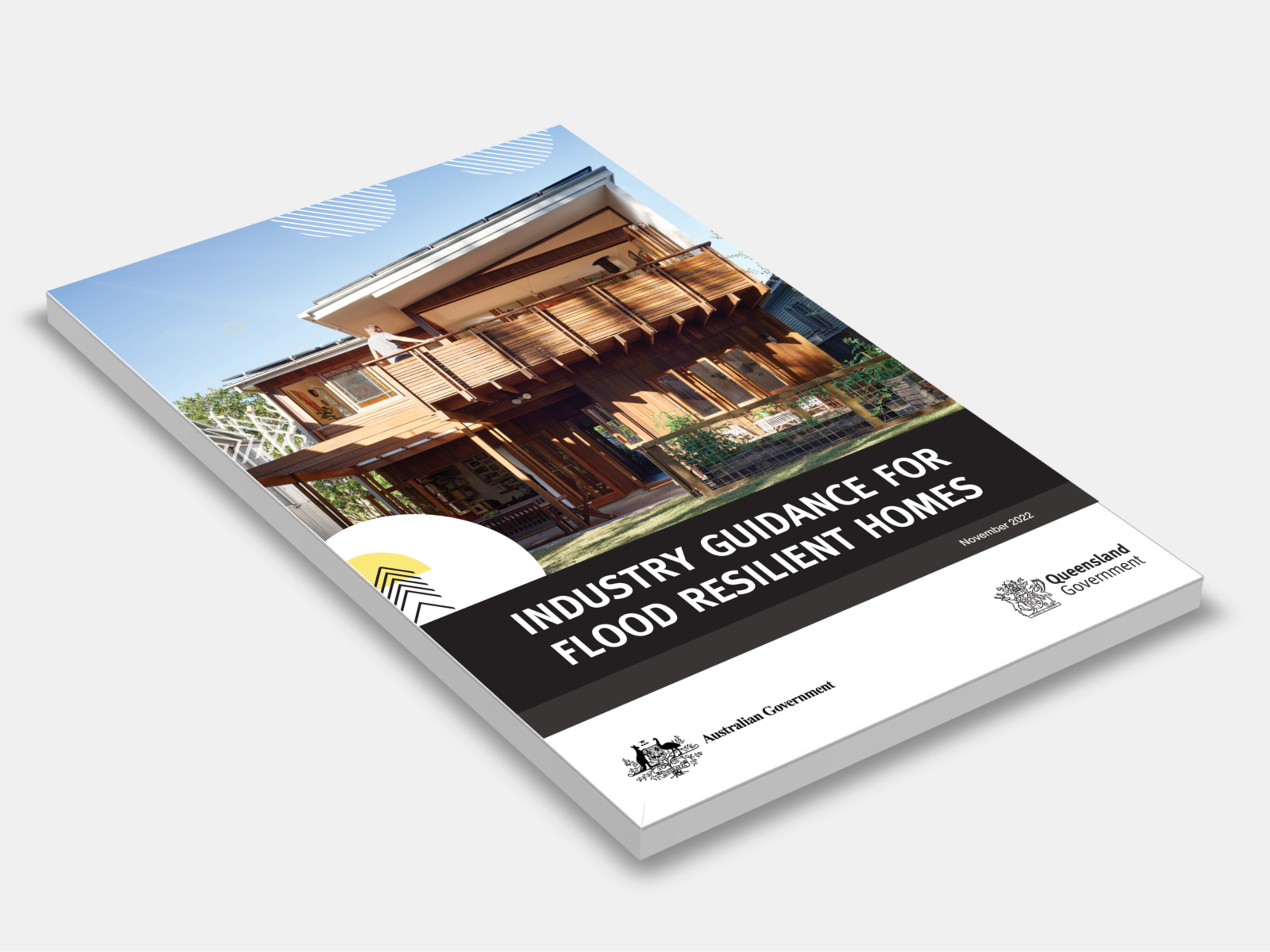
Type
Publisher
Queensland Government
Publisher
Queensland Government
Version:
2022.
(Current)
Short Description
This Industry Guidance for Flood Resilient Homes provides information about improving the flood resilience of new and existing Queensland homes.
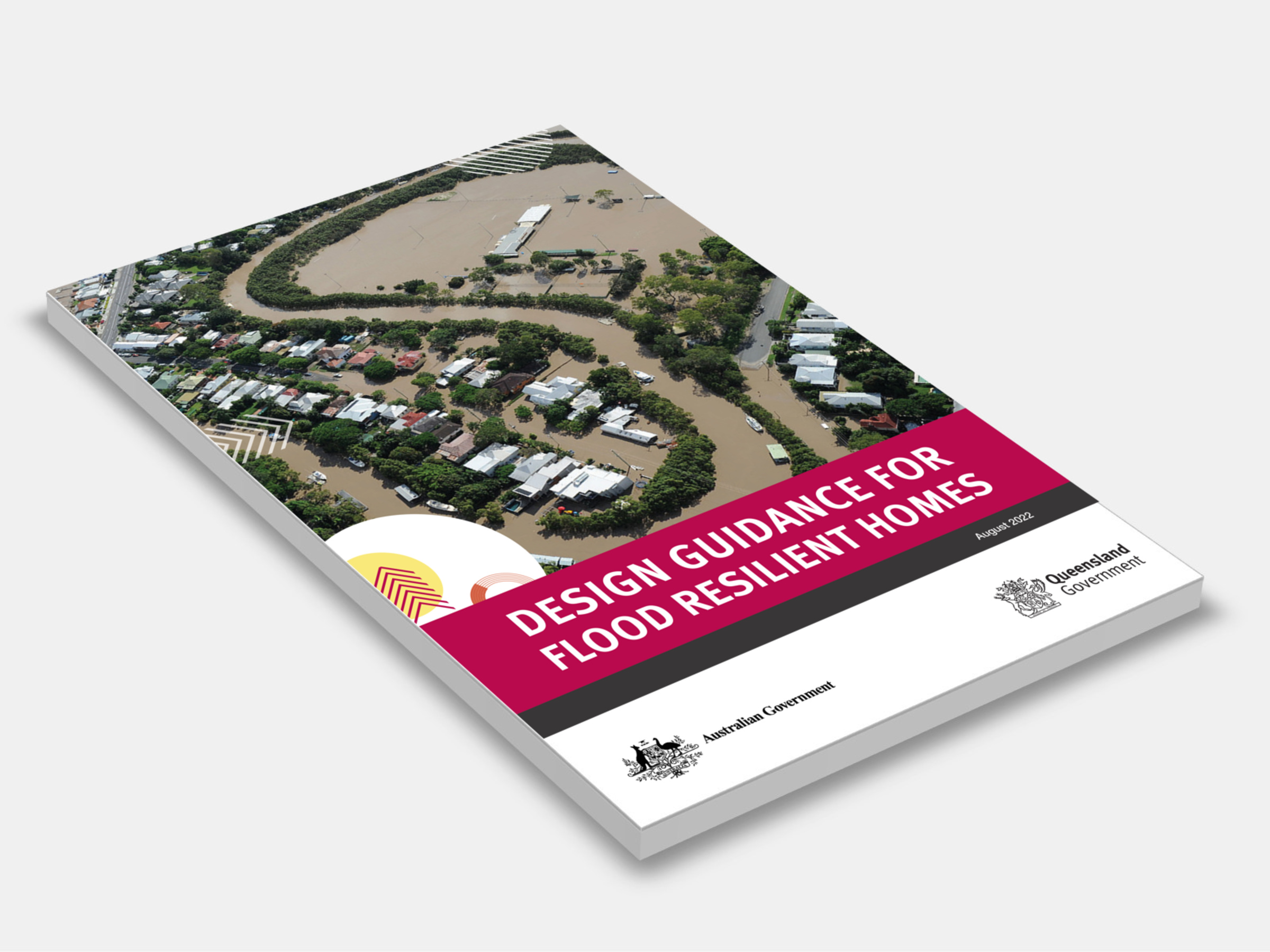
Type
Publisher
Queensland Government
Publisher
Queensland Government
Version:
2022.
(Current)
Short Description
Queensland homeowners who experienced damage to their residential property as a result of flooding in 2021–22 can now register their interest for the $741 million Resilient Homes Fund.
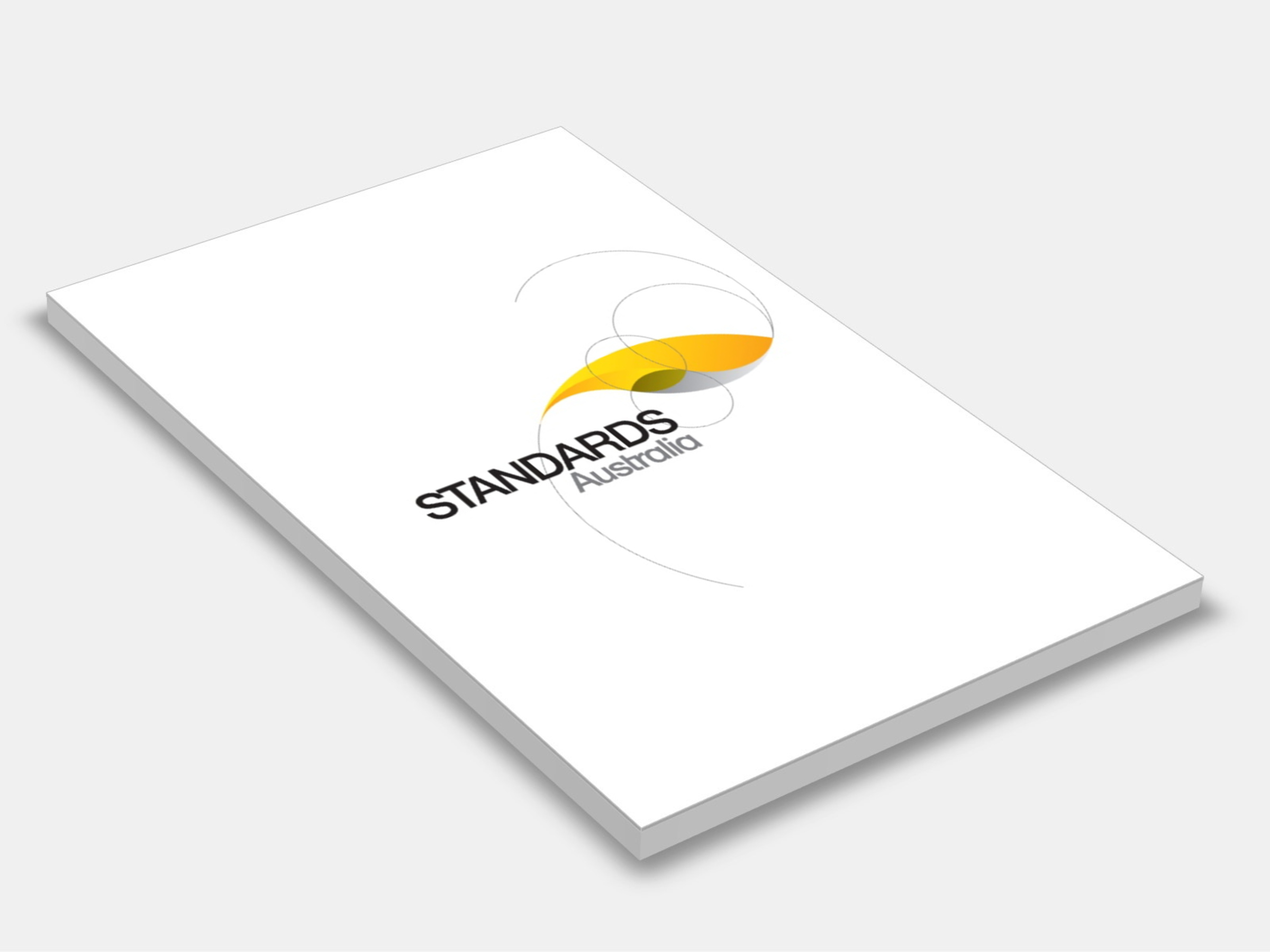
Type
Publisher
Standards Australia/Standards New Zealand
Publisher
Standards Australia/Standards New Zealand
Version:
Second Edition 2016.
(Current)
Short Description
Specifies the requirements for the safety of persons and property, provides guidance for the protection of the environment, and establishes procedures for the operation, maintenance, and repair of refrigerating systems and the recovery of refrigerants.
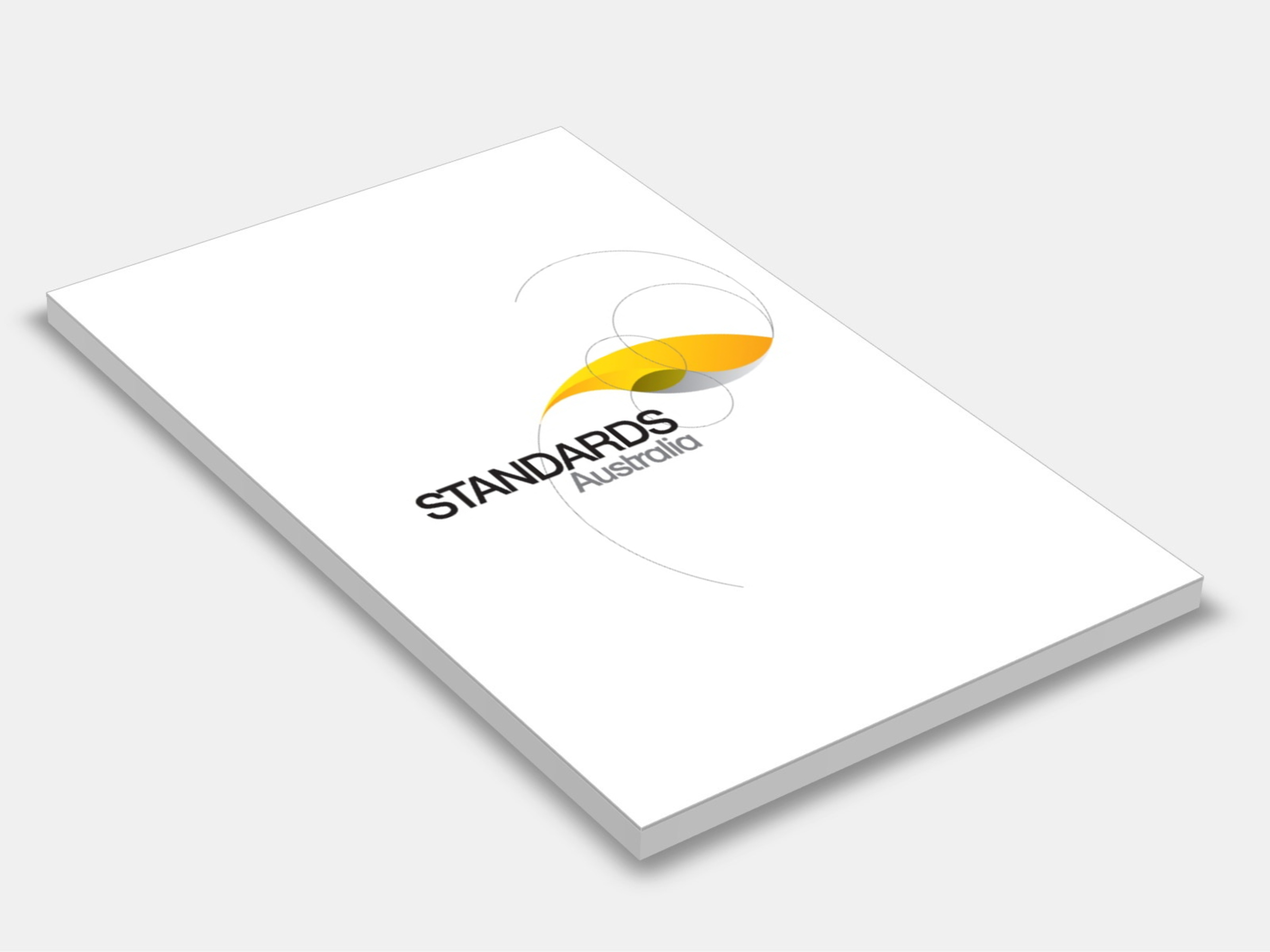
Type
Publisher
Standards Australia
Publisher
Standards Australia
Version:
First Edition 1999.
(Current)
Short Description
Sets out a hot smoke test methodology by means of which a specified quantity of smoke may be generated, at a safe temperature, within a building.
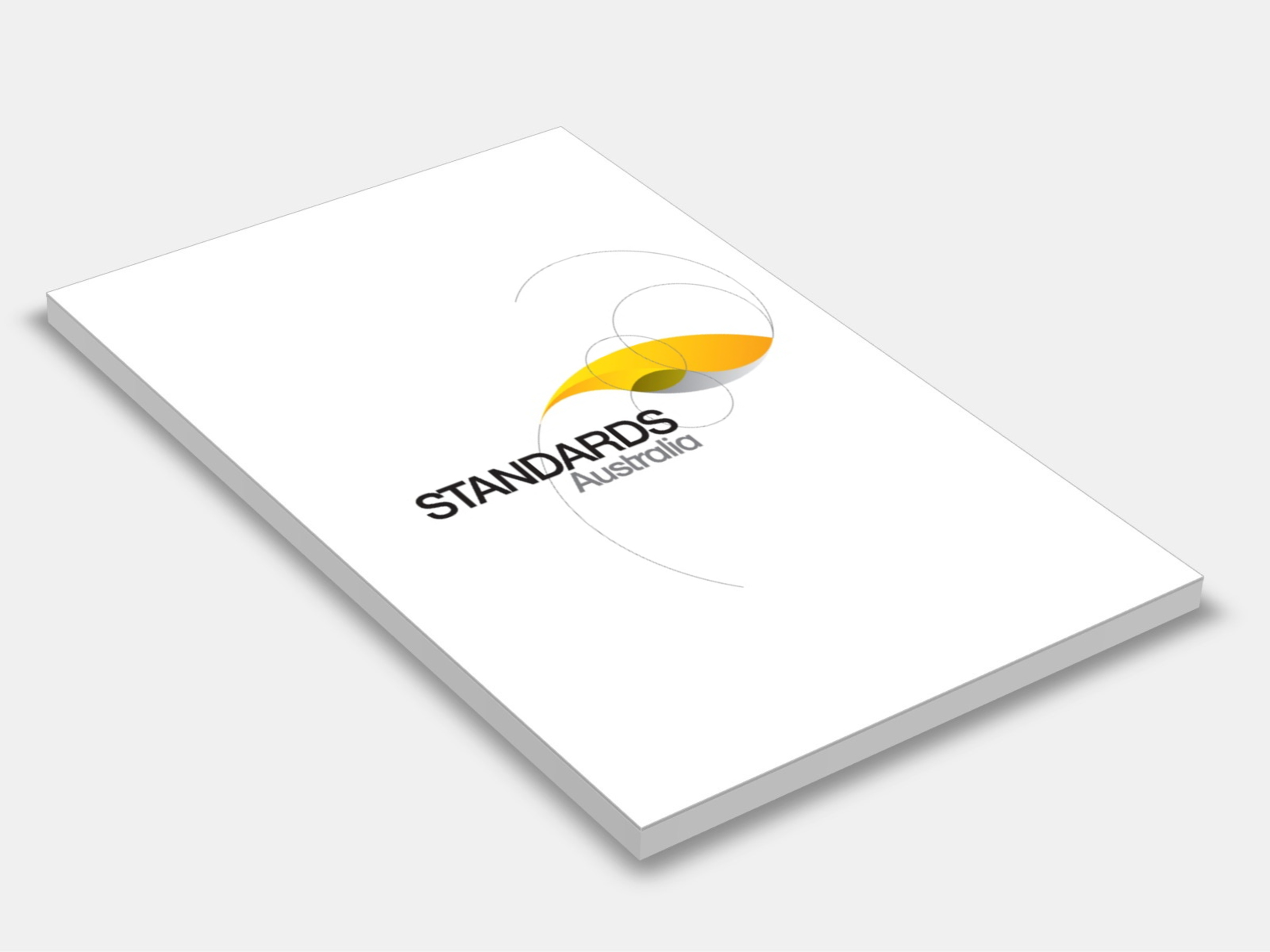
Type
Publisher
Standards Australia/Standards New Zealand
Publisher
Standards Australia/Standards New Zealand
Version:
Second Edition 2011.
(Pending Revision)
Short Description
Outlines a performance-based approach to the maintenance of cooling water systems with respect to the control of microorganisms, including Legionellae, within such systems. This approach combines automatically regulated water treatment with monitoring, assessment and control strategies to help create a low risk environment within the cooling water system.
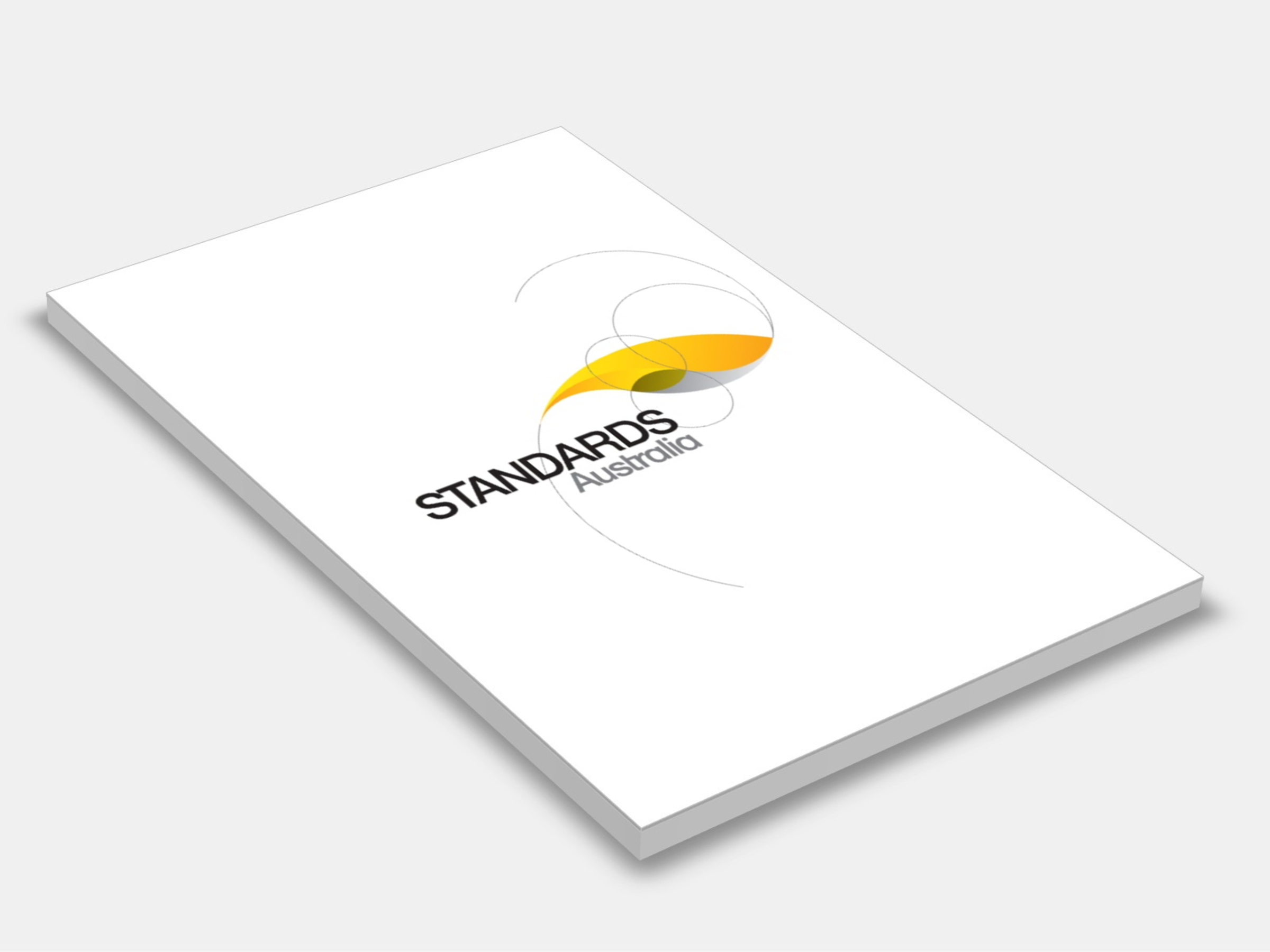
Type
Publisher
Standards Australia/Standards New Zealand
Publisher
Standards Australia/Standards New Zealand
Version:
First Edition 2016.
(Current)
Short Description
This Standard provides an unambiguous system for assigning designations to refrigerants. It also establishes a system for assigning a safety classification to refrigerants based on toxicity and flammability data, and provides a means of determining the refrigerant concentration limit.
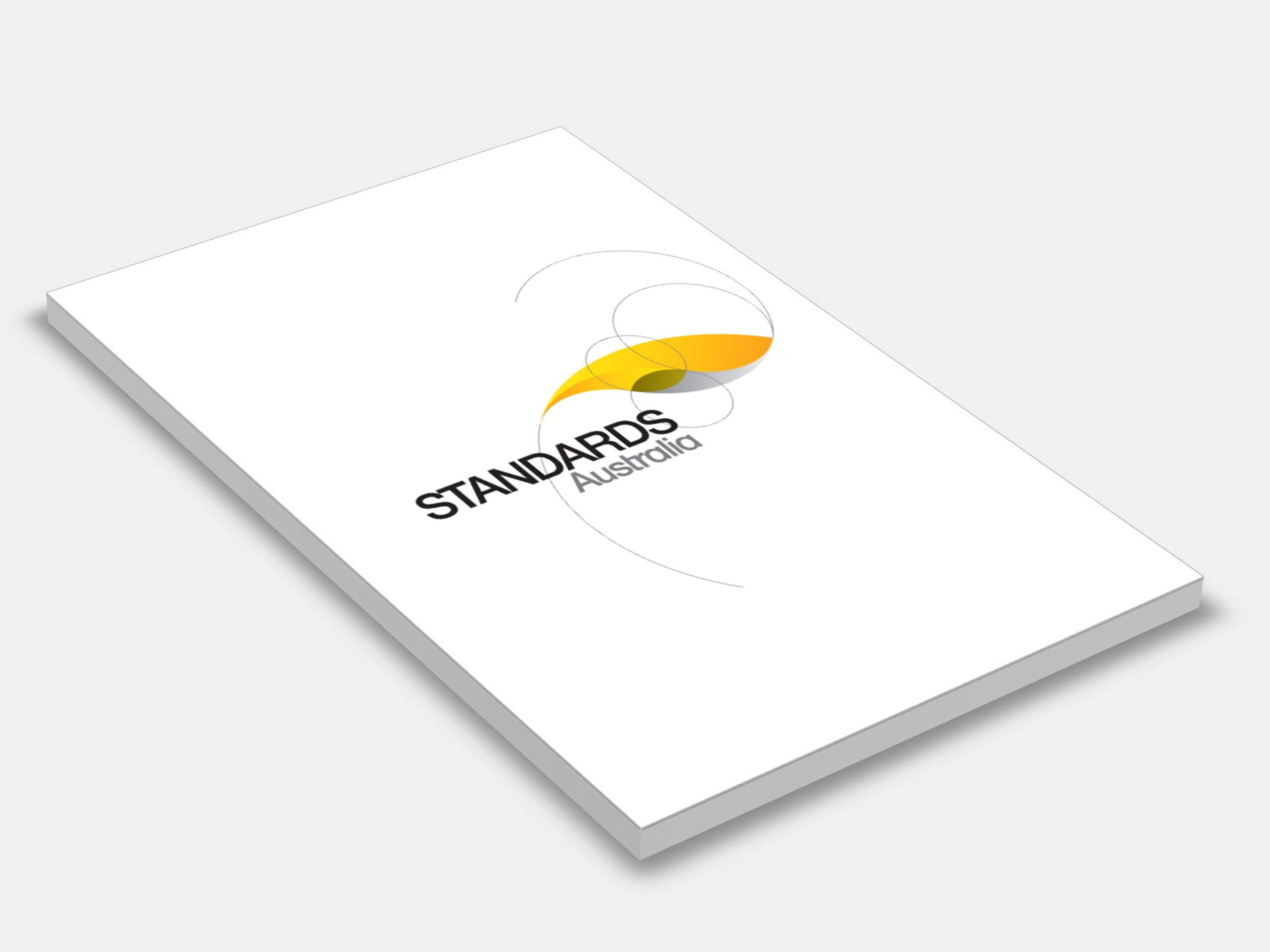
Type
Publisher
Standards Australia
Publisher
Standards Australia
Version:
Second Edition 2001.
(Current)
Short Description
Specifies requirements for the performance and construction of air filters for use in general ventilation and airconditioning systems. It classifies air filters on the basis of design, construction performance and application and establishes minimum criteria for acceptance of an air filter into a particular category. It does not apply to HEPA filters.
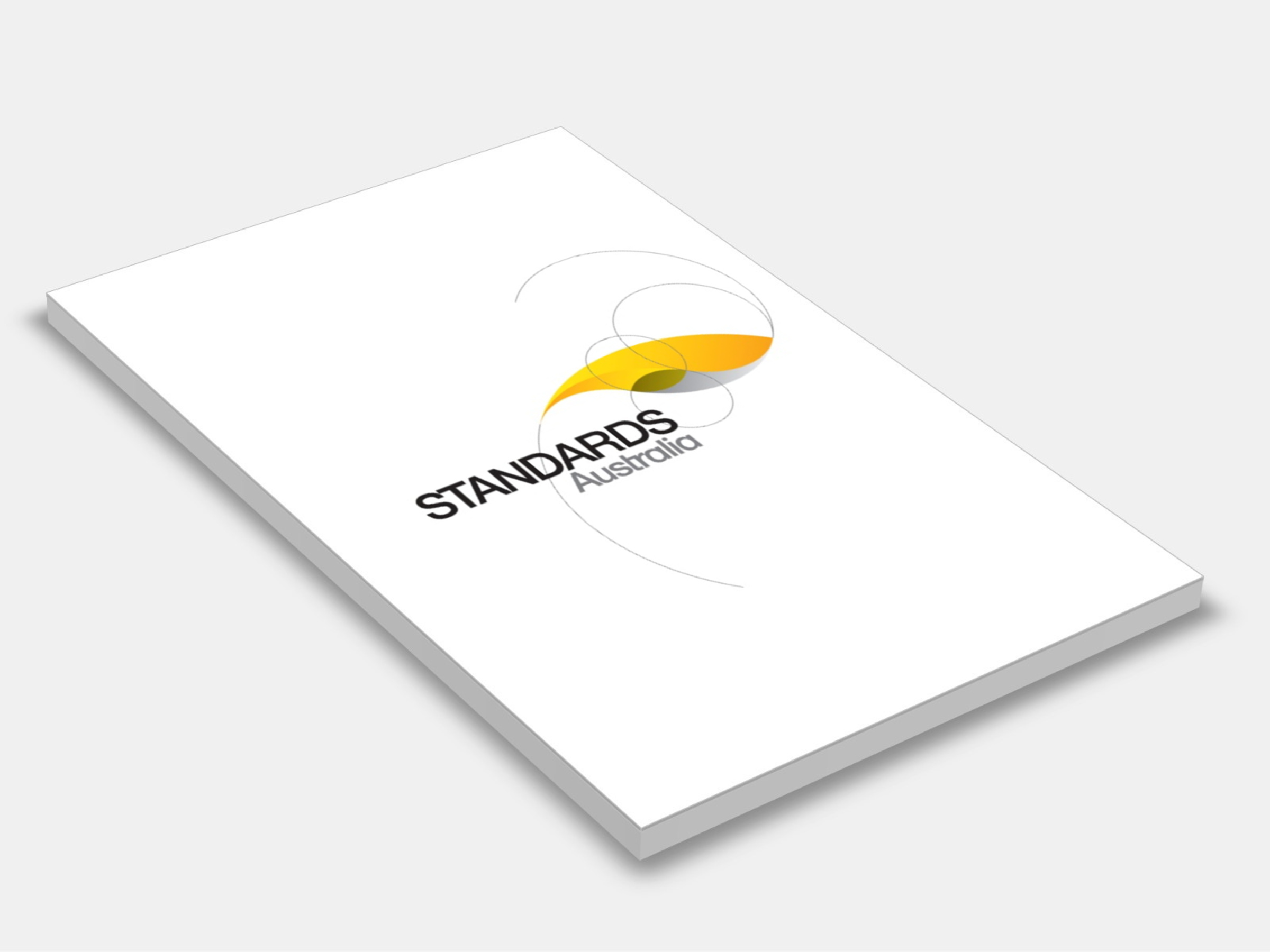
Type
Publisher
Standards Australia
Publisher
Standards Australia
Version:
Second Edition 1999.
(Current)
Short Description
Specifies the classification of smoke-spill fans, and the laboratory test methods and procedures used to rate their performance (and that of their motors). Fans are rated in terms of their suitability to operate continuously without significant loss of performance, for a specified time at a specified air temperature. This Standard deals only with laboratory type-testing and does not consider the testing of smoke-spill fans after they have been installed in a building.